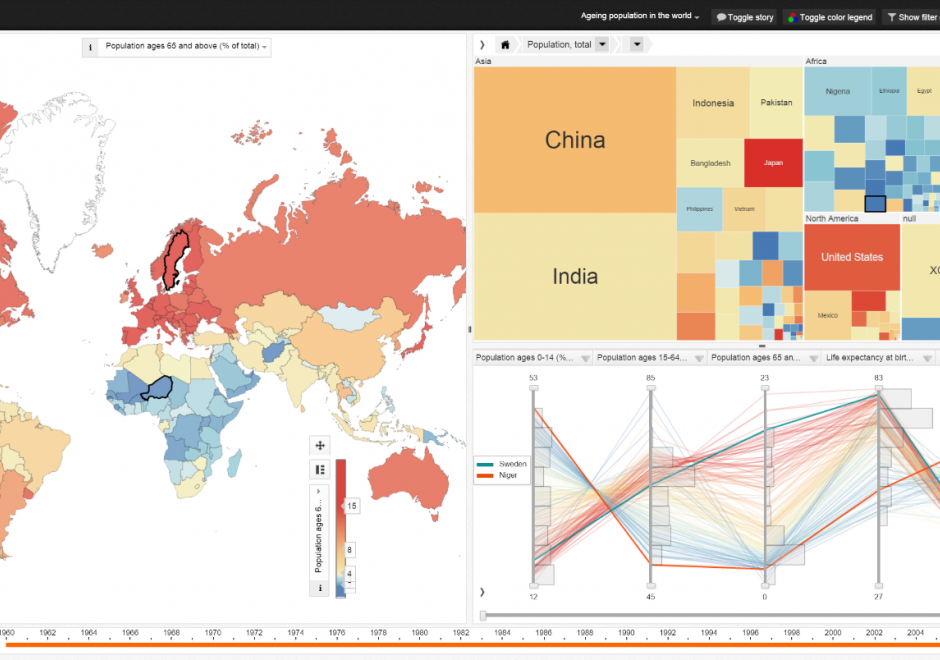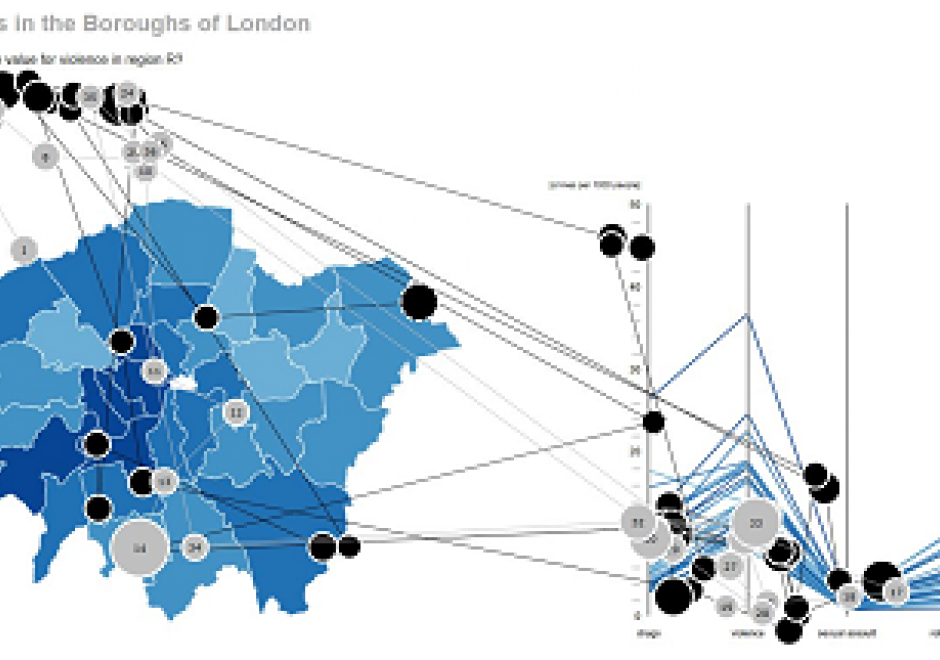DM-27 - Genealogical relationships: lineage, inheritance

- Describe ways in which a geographic entity can be created from one or more others
- Discuss the effects of temporal scale on the modeling of genealogical structures
- Describe the genealogy (as identity-based change or temporal relationships) of particular geographic phenomena
- Determine whether it is important to represent the genealogy of entities for a particular application





DM-41 - Fuzzy logic